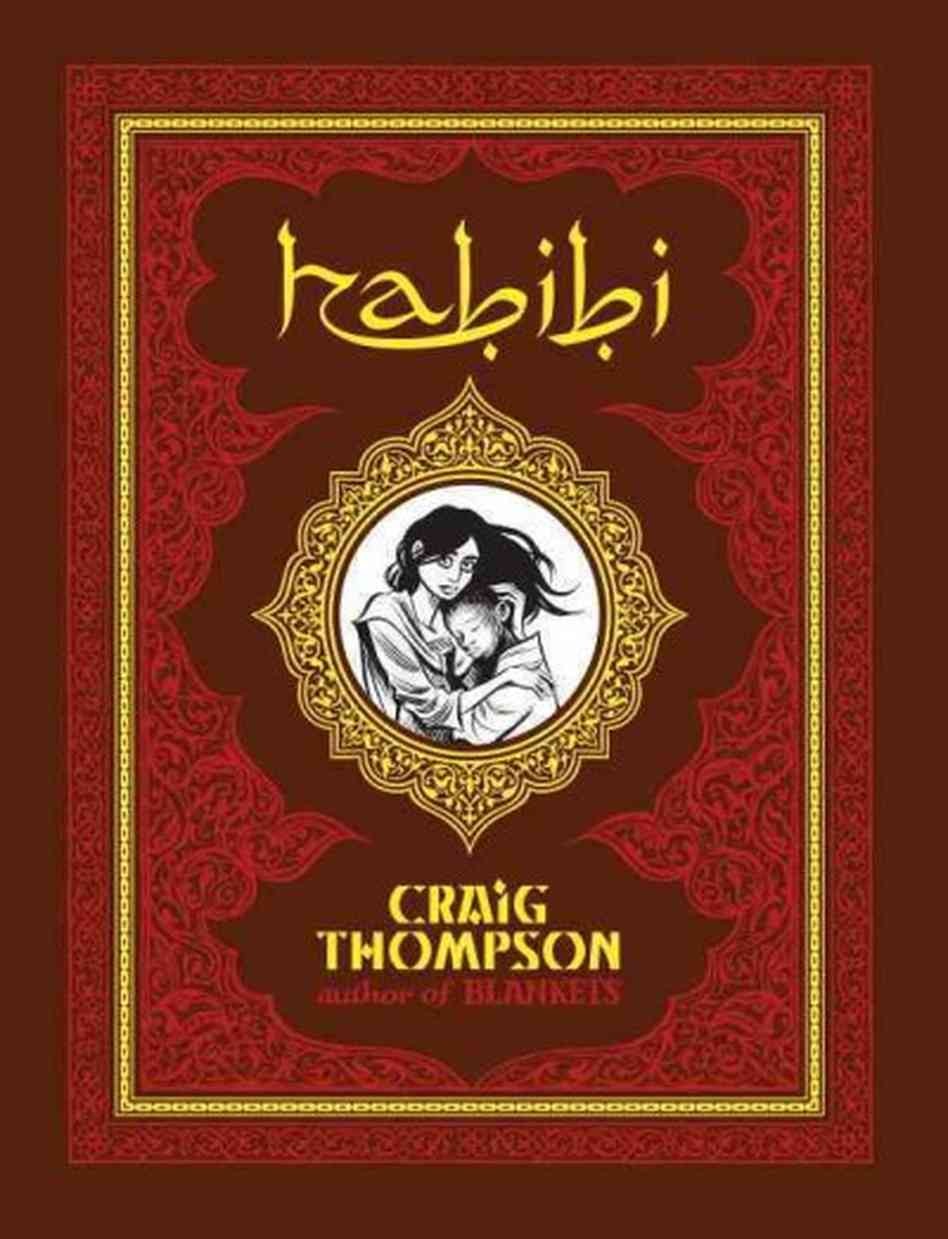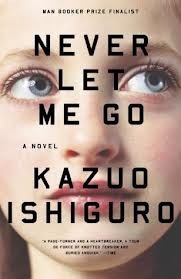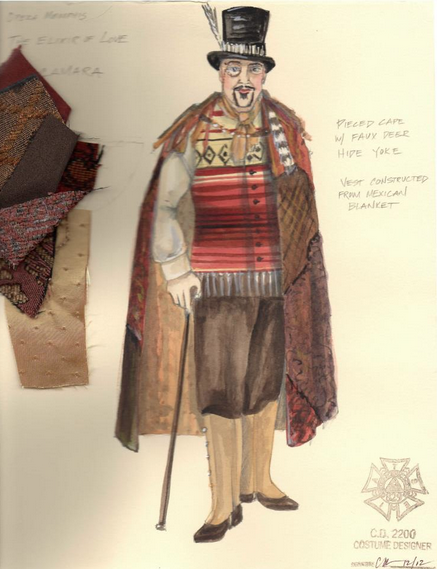If this video doesn’t make you long to set off on a journey to distant places, I don’t know what will. How many of these are on your bucket list?
Month: February 2013
Prince of a Fellow
Chris Herrington takes an in-depth look at what the Tayshaun Prince/Rudy Gay trade could mean for the Grizzlies.

- LARRY KUZNIEWSKI
- Tayshaun Prince defends the pick-and-roll in his Grizzlies’ debut.
A new era of Memphis Grizzlies basketball dawned last weekend when the team played its first home game without Rudy Gay on the roster since spring of 2006. Gay leaves having played more games in a Grizzlies uniform than anyone in franchise history and while there are many angles — both short- and long-term — to the trade that sent Gay out of Memphis, the simple starting-lineup swap of Gay for veteran small forward Tayshaun Prince will have the most immediate impact.
The contrast, at least stylistically, could be dramatic, on both ends of the floor.
Gay, at 26, is one of the NBA’s great athletes. But, while he’s always been productive, Gay’s combination of dribble-blindness, on-and-off motor, and erratic outside shooting and defensive focus has — to this point, at least — prevented him from reaching the all-star level for which he’s long seemed destined.
Prince, who will turn 33 later this month, is a 10-year vet on the back end of what’s been a fairly illustrious career for lifetime role player.
Physically, Prince is both longer and lighter, a slender 6’9” with one of the NBA’s most eye-popping wingspans. Where Gay’s game is predicated on leveraging his athletic advantages, Prince’s game is all about the combination of length and savvy.
Prince’s wingspan allows him to play well off shooters to deny drives and yet still contest jump shots. It allows him to handle the ball on the block while keeping it away from the prying hands of post defenders. It allows him to shoot over opponents, especially in the paint, even without Gay’s ability to jump over them.
The past couple years on my Twitter account, @gregakers, I’ve kept tally on each book I read, with a tiny review of each and a link to where readers could get more information on the work in question. (Here’s my list for 2011 and my list for 2010.)
Now here, for your ease of browsing, are the books I read in 2012, listed in reverse order they were Tweeted, which is to say chronologically with the most recent first.
My favorite book of the year was Habibi, the gorgeous new-ish graphic novel from Craig Thompson (Blankets, another masterpiece). Habibi swallowed me whole; I’m somewhere in its snake esophagus still. So I was a little surprised when I looked up the critical response prior to this blog post and found that it got panned by The New York Times and derided as racist by Racialicious.
To me, Thompson was clearly and knowingly wading in Orientalism and fantasy Arabia. (If he wasn’t, well, that’d be a problem.) I suppose only Joe Sacco-type documentarians are allowed to consider the Middle East and Islam? And when such subjects are broached, one must do so at an emotional remove and with equal time given to all possible perspectives? And only by non-Westerners?
No. Habibi is a work of fiction, not a textbook. And, though artistically beautiful in general, it depicts the brutalization and exploitation of women, children, and men. If it included such acts but fled from the scenes without showing them/showing them demurely, that is what would be worthy of criticism. No one escapes Habibi unscathed, and Thompson achieves a baptismal degradation: It’s a human coming-of-age story both universal and specific, taking place over millennia, where hope is achieved only after swimming a river of shit. Sounds to me more honest about the human condition than 99 percent of anything else I’ve read.
On a completely different line of discussion, an interesting thing happened to me as I was reading book #28 of the year, Never Let Me Go by Kazuo Ishiguro: I struggled to an almost existential degree to keep reading it. It was the opposite of a page-turner. But it had nothing to do with my lack of interest or dislike of the writing. Quite the opposite. I had to make an effort to read the book because it was so powerful and thematically upsetting.
I had seen the movie and cried a fair bit about what happens in it (no spoilers), so I knew what the bad juju going on was. But I was unprepared for how upsetting it would be to read it. Ishiguro has created a novel that’s relentlessly nostalgic for a sci-fi alternative 20th century that never existed. He managed to make me despair for a loss of humanity’s soul that never happened. And somehow made that feel like nostalgia. It’s almost uncomprehendingly brilliant. I still struggle to process the novel.
Anyway, it took me a long time to read it — far longer than the novel’s length would suggest. Hence, part of the reason why my total number of books read is pretty low.
A housekeeping note for the list: I’ve aired out the entries a little since I’m not as limited in space on the blog as I was on Twitter.
Adorable. That’s the first word that comes to mind when I think about Opera Memphis’ westernized take on Donizetti’s bubbly comedy Elixir of Love. In fact, it’s just about the only word that comes to mind. I mean that both as a genuine compliment and as a pointed criticism.
Yes, of course the little girl that’s been inserted into the story is both cute and cutely used. The two-dimensional backlot-western set is cute, in a Chuck Jones draws Hollywood sort of way. The plots, subplots, and meta-plots that play out there are also cute.
Moving this disarmingly nuanced story of a boy in love with a girl who gets mixed up with a soldier, and the snake oil salesman who complicates everything with his “love potion,” from an 18th-Century Basque village to the old west is, perhaps, the cutest thing of all. And even that’s made cuter still, if possible, with supertitles that make fair use of the cowpoke idiom.
I’ve got to hand it to Opera Memphis’ General Director Ned Canty. He knows how to action pack an opera, and his sense for screwball comedy is keen. But in this case I’m left to wonder if, while pursuing the adorable, something more fundamentally human wasn’t lost along the way.
Elixir‘s not exactly a political screed, but there are genuine class insecurities at work in keeping the fated couple apart. It goes slightly deeper than “the farmer and the cowhand should be friends.” It’s what puts flesh on the bones of a beloved comedy that, if effervescent, isn’t a laugh riot top to bottom.
What’s most interesting about this Elixir is its ensemble feel. Sarah Shafer’s nimble, fluid soprano voice (Adina) is a fine compliment for Brendan Tuohy’s “aw shucks” tenor (Nemorino). Both Jordan Shanahan and Ricardo Lugo’ do detailed character work as the swaggering soldier Belcore, and Dr. Dulcamara, the medicine show barker with a knack for getting the hell out of Dodge. But , in spite of some fine vocal pyrotechnics all around, everyone is best when they are working together. Opera Memphis’ chorus has seldom sounded better and a playful relationship between the singers and musicians boosts everything over the top.
An ad hoc jug band featuring actors on spoons and washboard joins the orchestra at the top of the second act. As set pieces go, it is also adorable, though not as much as it might have been with an organic origin, and more thorough integration into the score.
If it sounds like I’m grumbling, maybe I am. But in his still relatively short time in Memphis Canty has set a high bar. While he continues to innovate, even here, Elixir is, perhaps, two steps forward, one step back. Still, a net positive.
Tonight (Tuesday) is the last chance to catch this Elixir. For more information here’s the click.
“Elixir of Love” at GPAC
Public Offers Thoughts on MPD
The Memphis Police Department receives criticism and praise from citizens at a public accreditation meeting. Bianca Phillips has the story.

Representatives from the Commission on Accreditation for Law Enforcement Agencies (CALEA) hosted a public meeting at the Memphis Police Department’s (MPD) Crump Station Monday evening to gather comments and concerns as it considers whether or not to reaccredit the department. MPD is seeking reaccreditation for another three years. It was last accredited in 2010.
Outside the station, a small group of protesters from the Memphis Black Autonomy Federation held signs protesting recent MPD-involved shooting deaths, such as the deaths of 24-year-old Steven Askew and 67-year-old Donald Moore, both killed this year by officers who claimed guns were pointed at them by the victims.
The federation submitted its public comment in the form of an eight-page emailed letter that includes a section titled “Body Count,” which details 13 deaths that occurred either through shootings by officers or while suspects were being held in police care. They are asking CALEA to deny MPD’s reaccreditation citing “several incidents of deadly force against people of color, unprofessional conduct, and corruption within the Memphis Police Department,” according to a press release from the group.
Since those comments were submitted before the meeting, federation members did not speak at the public forum. They did offer comments to media outside the station.
“We’re just asking for democracy and fairness,” said Rochelle Carraway, addressing the issue of whether or not the MPD should receive reaccreditation. “If you don’t have to kill, don’t. It’s gotten out of hand.”
Lorenzo Ervin agreed: “We just want [CALEA] to be as thorough as possible. We don’t want the [the MPD] to be legitimized by them.”
Inside the meeting, some public comments echoed those of the protesters outside. Robert Gurley said he’d like to see a little more professionalism within the department, and Kenneth Van Buren, who often organizes direct actions against what he sees as injustices in city government, said he has asked the Justice Department to send a task force to Memphis to investigate the MPD.
“I’ve tried to talk to the [police] director, and my calls have gone unanswered,” Van Buren said. He said he’s unhappy about recent shootings. He also believes the MPD is guilty of evidence tampering, and he wants all officers to have to submit to regular random drug screenings.
But the majority of comments made inside the meeting were overwhelmingly positive. Dwight Montgomery, president of the Southern Christian Leadership Conference, did mention that “on one end of the scale, you have a small group of police officers who have acted inappropriately,” referring to officers involved in recent shooting deaths. But he praised the department as a whole for dealing with what he called “major crime problems happening every weekend in certain neighborhoods.”
Memphian Christopher Edwards agreed: “The police officers who serve us have taken on the responsibility of a job that very few men and women would agree to take. We need to be objective when looking at them.”
“I am most grateful and thankful that these people come to work everyday,” said commenter Jennifer Bush. “There have been isolated incidents and tragedies, but these could have happened in many other places.”
Public comments are still being accepted by email, phone, and snail mail. Direct comments to CALEA at calea@calea.org, call (703) 352-4225, or mail a letter to the Commission on Accreditation for Law Enforcement Agencies, 13575 Healthcote Blvd., Suite 320, Gainesville, VA 20155.

Over the last few months, several Memphis Police Department (MPD) officers have made headlines. It began with the murder of Officer Martoiya Lang, who was fatally shot on Dec. 14th, 2012 as she served a drug-related warrant at a house in East Memphis.
“[Officers] never discuss being harmed, but we try to be as careful as possible,” said 13-year MPD veteran Gloria Suggs. “It’s something that we keep in the back of our mind. You don’t want to think about not going home to your family. You just want to keep it positive and believe that everything is going to be okay.”
Nearly two weeks after Lang’s death, on December 27th, MPD officers fatally shot Charles Livingston, an armed robbery suspect, after he fled through the woods from a McDonalds on Frayser Boulevard. Officers said he pointed a gun at them, which led them to discharge their weapons.
On January 11th, an MPD officer fatally shot Donald Moore, an animal hoarder, at his Cordova home. The officer shot Moore after he pointed a gun at him and several Memphis Animal Services employees, who were there to serve an animal cruelty warrant.
A week later, on January 17th, officers shot and killed Steven Askew as he sat in his car in the parking lot of the Windsor Place Apartments at Knight Arnold and Mendenhall. The officers shot Askew after he allegedly pointed his handgun, which he was registered to own, at them. One of the officers involved with Askew’s shooting, Ned Aufdenkamp, has received several complaints throughout his tenure as a police officer and was submitted for the department’s Early Intervention Program in 2012.
On January 23rd, one week after Askew’s death, a MPD officer shot 18-year-old Bo Moore in the parking lot of the Quick & Easy convenience store on 931 S. Highland after he pointed a gun at the officer.

Additionally, the media has focused in on the Tennessee Bureau of Investigation’s (TBI) investigation into why MPD officer Terrance Shaw shot and killed 15-year-old Justin Thompson in September 2012. Shaw was off duty at the time of the shooting. The TBI investigated whether or not Shaw was trying to prevent a robbery during the shooting and if he had prior history with the victim. Shaw was cleared of facing criminal charges for the shooting on February 1st.
“There is insufficient evidence to create a reasonable chance for a conviction against Mr. Shaw, particularly when considered with the foreseeable defense that could be raised under the evidence,” District Attorney Amy Weirich said in a statement.
Prior to the death of Thompson, Shaw was involved in three shootings, which were all considered justifiable. On Valentine’s Day of 2009, Shaw shot and killed 25-year-old Courtney McGowan after he put his car in reverse and nearly ran Shaw and his partner over, according to the incident report. In November 2008 and June 2011, Shaw shot two different dogs that charged at him.
In a time where MPD officers are receiving more negative attention than positive, Suggs still wears her badge with pride. She said it’s not fair for all MPD officers to be viewed negatively when there’s only a handful who are going against what the department represents.
“We’re like miniature celebrities, because if anything goes on with this family, every news channel and newspaper wants to capture it,” Suggs said. “People forget that we are human. We are mothers. We are fathers. We are grandfathers, grandmothers, husbands and wives. We’re someone’s sister. We’re someone’s brother, and we have family at home that want to love us just as if we didn’t have blue on. Sometimes people forget that we do have love in our hearts, and if we didn’t, we wouldn’t risk our lives to help out the community.”
Let’s get this out of the way, shall we? Writing about friends, coworkers = conflict of interest. This applies to everything below. Yay!

• Memphis magazine food editor and my friend Pam Denney is signing her book The Food Lovers’s Guide to Memphis on Thursday, February 7th, 6 p.m. at the Booksellers at Laurelwood.
• The Chubby Vegetarian blog by Flyer contributors Amy Lawrence and Justin Fox Burks has been nominated for The Kitchn Homies 2013 award in the Best Recipe Blog category. As of this writing, they are tied for 1st place. Also nominated in this category is Memphis-based blog The Runaway Spoon. Voting continues through February 8th.
• And, Flyer Food New columnist Hannah Sayle will be appearing again on Local Color, Thursday, February 7th, 8:30 p.m. She’s interviewing Michael Hughes, of Joe’s Wine & Liquors and another Flyer contributor, on the upcoming Passport to Oregon wine tasting. (Flyer staffer Chris Davis is a regular panelist on Local Color, so there’s that too.)
• Finally, Flyer Associate Editor Bianca Phillips is leading the Who Dat Crunk Vegan? team, hoping to best some 12 other teams competing in a gumbo contest to held during the Tennessee Equality Project‘s Mardi Gras Celebration, Sunday, February 10th, 4:30 to 7 p.m., at Earnestine & Hazel’s. A $10 ticket gets you a taste of all the team’s gumbos and a vote in the People’s Choice Awards.


